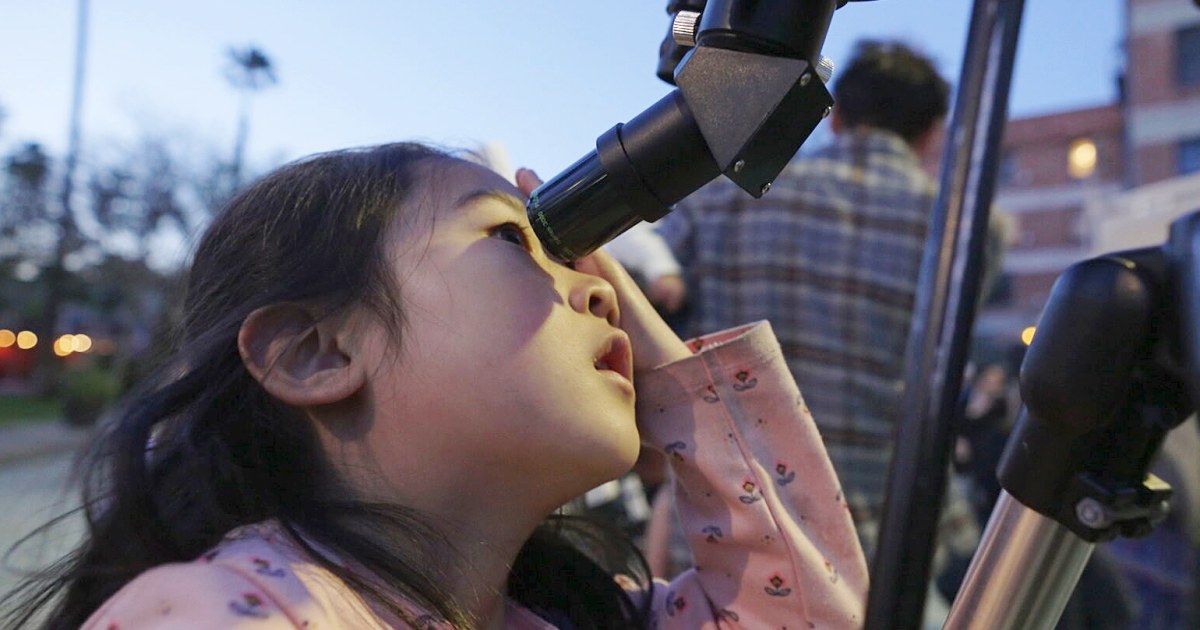
Magnetoplasmadynamic Thrusters
Magnetoplasmadynamic (MPD) thrusters are a type of electric propulsion system that uses magnetic and electric fields to ionize and accelerate propellant. The propellant is first ionized into a plasma state, and then accelerated by the Lorentz force, which is the force that results from the interaction between a magnetic field and an electric current. MPD thrusters are capable of producing very high exhaust velocities, which makes them ideal for deep space missions that require high delta-v maneuvers. They are also very efficient, with specific impulses that can be up to ten times higher than those of chemical rockets. However, MPD thrusters require a lot of power to operate, which limits their use to large spacecraft with ample power supplies.
Your Previous Searches
Random Picks
- Rosetta Mission: Rosetta Mission was a space mission launched by the European Space Agency in 2004 to study the comet 67P/Churyumov-Gerasimenko. The mission's primary objective was to understand the origin and evolution of the Solar System by studying the c ... Read More >>
- Forecasting: Forecasting in space and astronautical engineering is the process of predicting future events or conditions related to space missions, spacecraft operations, or space weather. It involves the use of mathematical models, statistical analysis ... Read More >>
- Ablation: In the context of aerospace engineering, ablation refers to the removal of material from the surface of an object by vaporization, chipping, or other erosive processes. This term is commonly used in the context of space vehicles re-entering ... Read More >>
Top News

Easter's date remains divisive. Some church leaders want that to change...
Eastern and Western churches will celebrate Easter on the same day this year, while marking 1,700 years since the Council of Nicaea unified Christian doctrine...
News Source: ABC News on 2025-04-19

In a city of stars, Los Angeles astronomy club makes sure to keep looking up...
LOS ANGELES — While Los Angeles is home to the biggest stars in the world, a monthly get-together is proving that the city’s rich and famous have nothing on the universe....
News Source: NBC News on 2025-04-18

This week on "Sunday Morning" (April 20)...
A look at the features for this week's broadcast of the Emmy-winning program, hosted by Jane Pauley....
News Source: CBS News on 2025-04-17

Scientists detect strongest hints yet of life on a distant planet...
Scientists have detected unique chemical patterns similar to those produced by the Earth's algae and seaweed — raising the possibility of the presence of a warm ocean, perhaps teeming with life, on ...
News Source: NBC News on 2025-04-17

Is there life on another planet? Scientists find the strongest evidence yet...
Near a planet far, far away astronomers have found traces of chemicals that on Earth are only produced by living beings....
News Source: Al Jazeera English on 2025-04-17